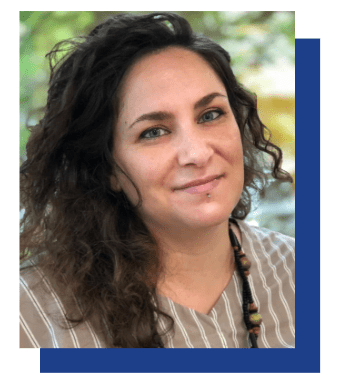
Dalila Burin got her PhD in Neuroscience at University of Turin (Italy): main goal of her research was to understand and describe the bodily self identity, how the brain represents the body and its movements in normal and pathological conditions.
In 2014, she spent a year at the Experimental Virtual Environment for Neuroscience and Technology lab (Universitat de Barcelona, Spain), where she learned the technique of Immersive Virtual Reality.
Then, she combined her background on cognitive neuroscience with this new technique: she mainly explored rehabilitative solutions for motor disorders exploiting the possibilities offered by immersive virtual reality. From 2017 to 2022, she worked at the Smart Aging Research Center (Tohoku University, Japan) where she developed protocols to improve physical and cognitive functions, on young people as well as elderly, using immersive virtual reality and other ICT based solutions.
Currently, she is a Marie Skłodowska-Curie Research Fellow at the Trinity College Dublin (Ireland): she expands her project on physiological, cognitive and neural effects following the somatic manipulation of the virtual body.
Previous studies with virtual reality (VR) have demonstrated that experiencing a virtual body in a first-person perspective can induce feelings of ownership and agency. Surprisingly, physiological responses like increased heart rate mirror the virtual actions, even without physical movements. Additionally, virtual training has been linked to cognitive improvements, particularly in executive functions and corresponding neural activation measured by functional near-infrared spectroscopy (fNIRS).
This project extends these findings by examining neural activity during virtual training itself, emphasizing areas responsible for virtual movements, such as the premotor cortex and supplementary motor areas. The hypothesis posits that these regions, integral to motor intention and planning, will activate during virtual training, along with physiological responses like heart rate changes.


